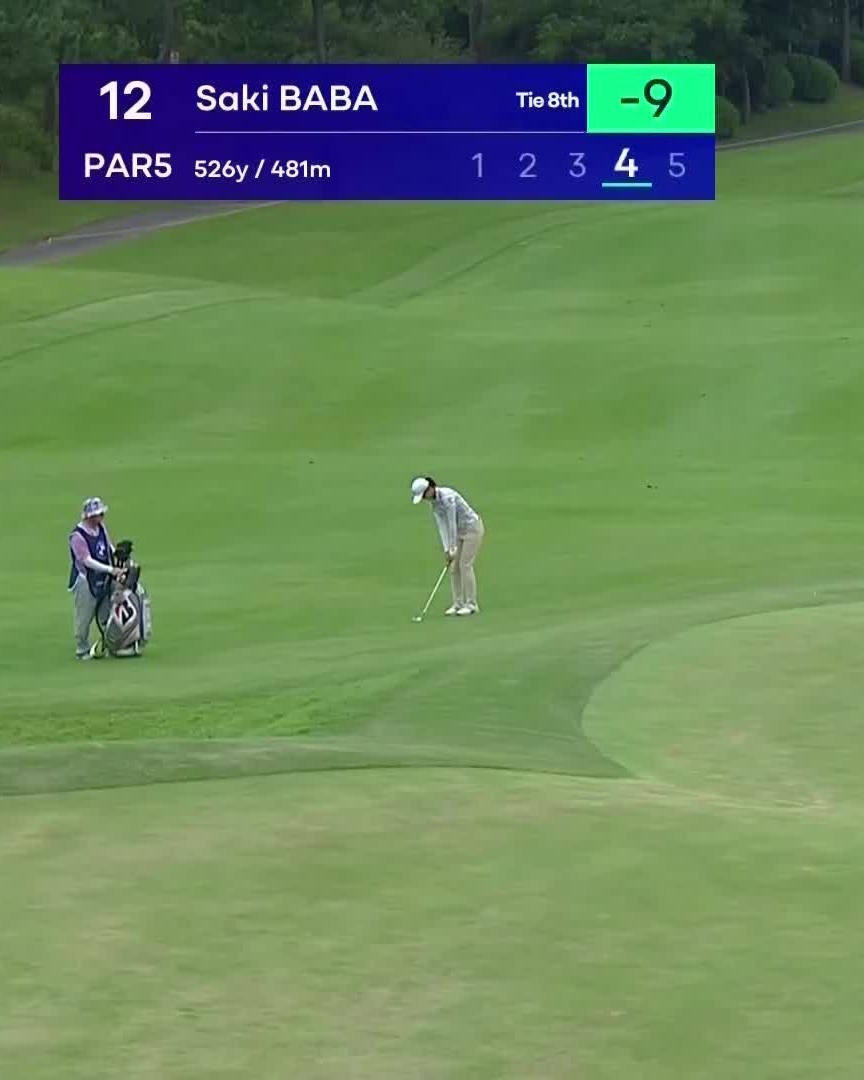A deft chip-in from off the green vaulted Saki Baba to within three of the lead, capping a poised stretch that showcased elite touch.
The LPGA’s official channels highlighted a coolly taken chip-in from Saki Baba that pulled her within three shots of the lead. Moments like these rarely decide a tournament outright, but they often decide momentum—especially when they arrive at a time when scoring chances are at a premium.
Saki Baba shows elite touch around the greens
For any tour player, a chip-in is part skill, part nerve. The margin for error is razor-thin: strike it a fraction heavy and it dies short; catch it thin and it races past. Baba’s conversion underlines a short game that travels—precise contact, disciplined pace control and a clear picture of where the ball needs to land. Those are the fundamentals that separate a routine up-and-down from a highlight-reel birdie.
What stands out is the decision-making that precedes the execution. Good chippers keep the shot simple, pick a landing spot that plays to the percentages and commit to the strike. When the pressure is up—trailing by a few, late in a round—trusting that process is the real test. Baba’s birdie ticks all those boxes and sends a clear signal that she’s comfortable leaning on her short game when it matters.
What it means for the chase
Cutting the gap to three shots reshapes the endgame. It keeps the leader in sight and forces everyone in the top group to re-calculate risk versus reward. A single swing can be enough to alter pairings, change pin-attack strategy and put extra weight on the next tee shot. Even without knowing the exact hole or round, the implication is the same: scoreboards move, and a timely birdie can be the nudge that turns steady play into a genuine run.
For Baba, this kind of moment also carries developmental value. Converting from off the green builds confidence that carries to the next chance—be it a delicate pitch, a must-make putt, or a long iron into a par 5. On the LPGA, where winning margins are often slim, stacking small edges—one par save here, one bonus birdie there—is the blueprint for contending on Sunday.
Why a chip-in can swing momentum on the LPGA
Chip-ins do more than add a shot to the scorecard. They quiet the noise. Missed fairway? No problem. Short-sided? Still makeable. That psychological flip is invaluable across the final stretch of holes. It also changes how playing partners and the leader react: a rival pulling closer can prompt a conservative player to press, or a front-runner to protect instead of attack. Both scenarios tend to favor the chaser.
From a technical perspective, the modern LPGA setup—with firm surrounds and quick, contoured greens—rewards players who vary trajectories, land spots and spin. Baba’s highlight is a reminder that the short game is a full skill set: choosing the right club, using the bounce effectively and matching landing height to rollout. When executed, the ball doesn’t just find the cup; it validates the player’s game plan.
What to watch next
With the deficit trimmed, the path forward is simple but demanding: keep creating makable chances, avoid the short-side miss that forces heroics, and lean on the putter when looks arise. If Baba maintains this standard around the greens, she will remain firmly in the conversation as the tournament tightens.
Suggested additional embeds
- LPGA highlights and leaderboard updates (official tour account)
- Event host’s official account for course and pin-set insights
- Broadcast partner clips for extended angles of key shots
Watch the sequence here:
Saki Baba chip in birdie to get within three shots of the lead 💪 https://t.co/ultErBnxiK
— LPGA (@LPGA) October 17, 2025
